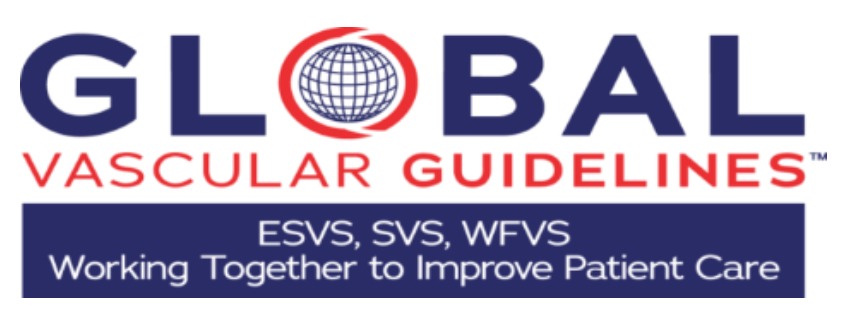 Four years ago, vascular experts from around the world had a “quixotic quest”, to get all surgeons and providers to agree on the best ways to treat a common and debilitating illness: chronic limb-threatening ischaemia. The goal has come to fruition, the Society for Vascular Surgery (SVS) have announced, with the publication of the new global guidelines, produced by the European Society for Vascular Surgery (ESVS), SVS, and the World Federation of Vascular Societies (WFVS).
Four years ago, vascular experts from around the world had a “quixotic quest”, to get all surgeons and providers to agree on the best ways to treat a common and debilitating illness: chronic limb-threatening ischaemia. The goal has come to fruition, the Society for Vascular Surgery (SVS) have announced, with the publication of the new global guidelines, produced by the European Society for Vascular Surgery (ESVS), SVS, and the World Federation of Vascular Societies (WFVS).
Chronic limb-threatening ischaemia (CLTI)—the term now adopted for what is also known as critical limb ischaemia—is the end-stage of peripheral vascular disease. Patients with CLTI are at risk of amputation or even death from the effects of vascular disease.
Co-editors were Michael Conte from the Society for Vascular Surgery, Philippe Kohl from the European Society for Vascular Surgery and Andrew Bradbury from the World Federation of Vascular Societies. Nearly 60 additional authors worked on the project. Participants spanned six continents and represented all specialties that treat CLTI.
The collaboration between expert vascular specialists from around the world has created a unique practice guideline, reflecting the spectrum of the disease and approaches seen worldwide, said Conte. An extensive evidence review was undertaken, directed by a methodologist, to support the writing group’s work.
“This guideline provides a new foundation for describing and treating CLTI, an escalating public health problem around the world that involves a broad array of health professionals,” Conte said. “By improving the staging of CLTI, we believe that optimal care pathways can be defined and based on more accurate clinical and epidemiologic evidence going forward.”
Conte noted with pride that the multi-specialty, international group of vascular experts emphasised the importance of a patient- and limb-centric approach to the care of CLTI.
“With the continuous evolution of vascular technology, we must remain focused on the primary goals of treatment, in contradistinction to a lesion-centric emphasis on technical success,” he said.
Another major change is the name itself. The term “critical limb ischaemia (CLI)” is “outdated and fails to encompass the full spectrum” of patients evaluated and treated for limb-threatening ischaemia, the authors said.
Conte attributes the success of the diverse, international group to a process of consensus development. “A key aspect of our success was broad agreement on the importance of creating a new set point for CLTI around the world. CLTI is one of the most common conditions treated by vascular specialists, and often the most challenging. We also recognized that where evidence is limited the recommendations must be carefully considered to encompass the scope of practice,” he said.
Major recommendations cover the need for comprehensive assessments in patients with suspected CLTI; optimal medical therapy, including a variety of treatments for patients with CLTI; and prompt and effective revascularisation for patients with advanced ischaemia and limb threat. The document also outlines the importance of an individualised approach to improve patient care and reduce limb loss.
Other significant changes include:
- Staging Limb Threat and Anatomic Complexity: WIfI and GLASS
The guideline endorses the SVS Threatened Limb Classification System based on grading wound, ischaemia and foot infection (WIfI) in the affected limb. And it introduces the Global Limb Anatomic Staging System (GLASS) to stratify the patterns of arterial occlusive disease in the affected limb. GLASS integrates the complexity of disease along a selected target artery path (TAP) from groin to foot. GLASS stages (1–3) are designed to correlate with immediate technical success and 12-month limb-based patency (LBP) following peripheral vascular intervention.
- Decision-Making: Have a PLAN
“Perhaps most notably, the guideline supports a structured approach to decision-making regarding revascularisation based on Patient risk, Limb severity and ANatomic complexity (PLAN), in that order of priority,” said Conte. “The guideline seeks to provide a new foundation for practice but also for data collection to support Evidence-Based Revascularisation in CLTI.”
Beyond improving patient care, identifying key research priorities is an important secondary goal for the guideline. Thus, each section includes such priorities, where efforts and resources should be focused to improve patient care and advance the science.












